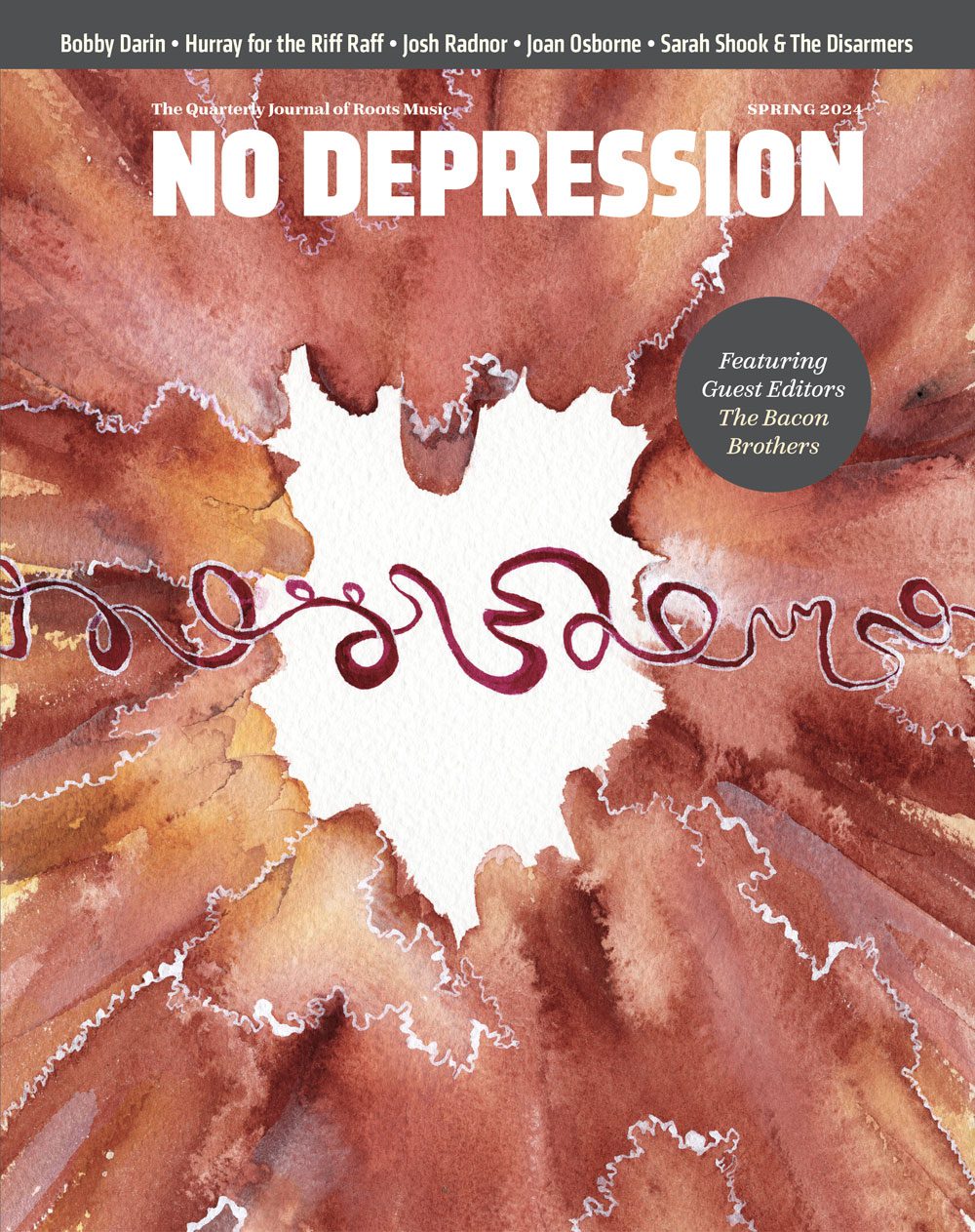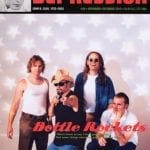Eight Miles High: Folk-Rock’s Flight From Haight-Ashbury To Woodstock
Even if you don’t fully subscribe to Richie Unterberger’s big bang theory — that is, that the collision of folk and rock resulted not only in “folk-rock” but in various mutant strands, including acid rock and country rock — Eight Miles High and its prequel, Turn! Turn Turn!, represent some of the most thorough pop-music scholarship in recent years. Unterberger succeeds with a layered sociology that cuts an inwardly tightening swath through cultural movements and geographical communities, right down to the grist of musical and personal dynamics.
Turn! Turn! Turn! was at times a dizzying volume with a vast scope, largely a reflection of the light-speed musical changes in the period covered, 1965-1966. (Such expansive subjects as “Meet the Beatles” and “Folk-Rock, Coast-to-Coast” were mere chapters.) Eight Miles High has more focus and precision than its predecessor; the dust has begun to settle on the initial folk-rock boom
during this later period (1966-early 1970s), allowing deep insights into such groups as Love, Buffalo Springfield, and the thesis-driving example of the Byrds, whose titular song moved them artistic strides beyond a recent past of employing session players and having only one true songwriter (the soon-departed Gene Clark).
Unterberger’s major strength is in his exhaustive interviews and research. He marshals observations from well over 100 sources, both obvious (Chris Hillman, Roger McGuinn, Richie Furay, Donovan) and less obvious (numerous producers, engineers, managers, etc.). But more important than the sheer number is the insight provided. One particularly rich passage finds Jim Messina examining the strengths, interests and motivations of uber-talented Buffalo Springfield bandmates Neil Young, Stephen Stills and Furay. The author often adds his own strong insights to the mix; in one spot, he suggests that the lineup instability of west coast groups resulted not only from the fact that members often came from diverse locales (and didn’t come up together as teens), but from many of the musicians’ autonomous roots as folkies.
Other chapters examine such phenomena as the British folk-rock movement and the burgeoning, inwardly delving complexity of singer-songwriters such as Joni Mitchell and Leonard Cohen. “The New Dylan and Country-Rock” takes a strong look at how the conceits of psychedelia gave way to, as McGuinn puts it, the “simplicity that country music presented.” Unterberger weaves thorough and original commentaries on such innovators as Gram Parsons (whose formative experience was more in rock and folk than country), Gene Clark, the Dillards, and guitarist Clarence White.
Unterberger’s two volumes (originally planned as one) are an important addition to music writing, for the confluence of folk and rock has reverberations well beyond the golden age represented here. It’s a thread that runs through many important artists of later decades, not to mention many of the acts who have graced these very pages.




